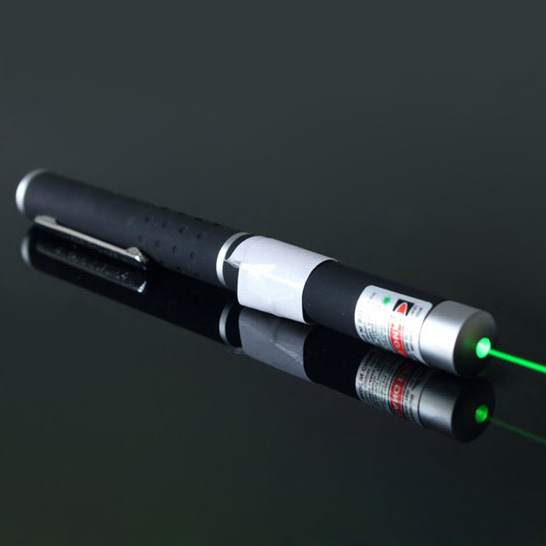As part of the NEDO project, Osaka University and Shimadzu Corporation developed two new RGB laser pointer light source modules, mainly using RGB visible light laser diode technology. One of the laser modules has the highest brightness in the world and can be used for high-brightness laser display equipment and laser illumination. Another laser module has the world’s smallest volume and can be used for scanning laser display single-mode fiber output.
It is based on such research results that integrating the laser light source module into the device can bring great performance improvements. Compared with other light sources such as LEDs, laser light sources have the advantages of miniaturization, energy saving and high saturation.
Due to the above characteristics of the laser light source, we hope to extend its application range to small electronic devices, such as smart phones and tablet devices, or large audio-visual systems, such as large theaters and projection mapping.
At the same time, in order to overcome the unique challenges and safety issues of green laser pointer light sources in practical applications, the Visible Laser Diode Application Alliance established by Osaka University in Japan has recently formulated a series of related standards to provide guidance for the safety and reliability of RGB laser light sources. Lay the foundation for its application. In the future, the alliance will further popularize the technology and promote the establishment and development of relevant international standards.
Graphene, as a new material in which carbon atoms are closely packed into a single-layer two-dimensional honeycomb lattice structure, is a quasi-two-dimensional material with a thickness of only one atomic layer, also called monoatomic layer graphite. Although graphene is widely used, the current domestic research on graphene is still in the stage of vigorous research and development, which is not enough to transform scientific research results into products. I hope that within a few years, we can see new changes in graphene in the laser technology industry.
